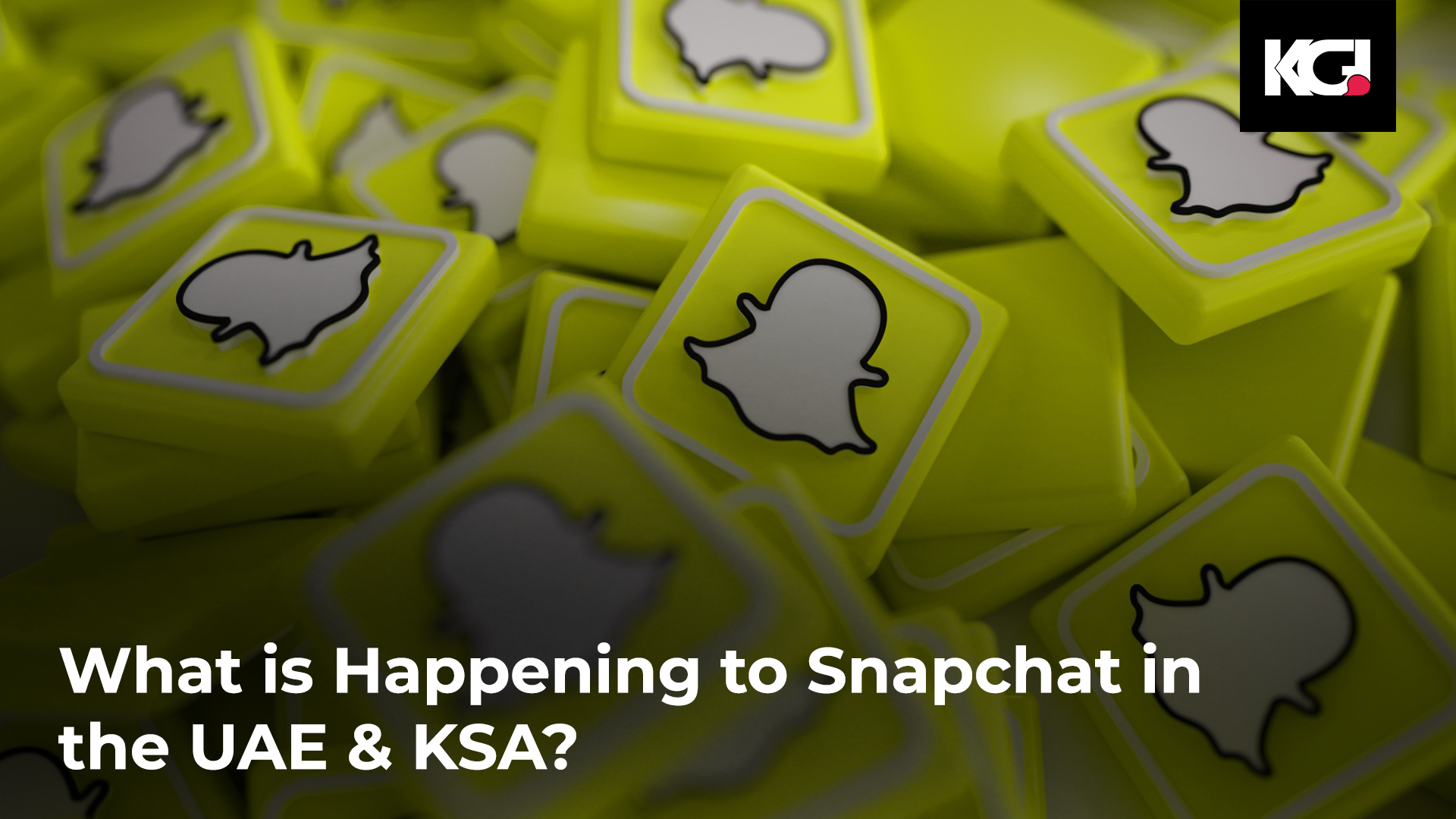Snapchat, the popular social media platform known for its disappearing messages and augmented reality filters, has seen mixed success in the Middle East in recent years.
On one hand, Snapchat has a significant user base in the region, particularly among younger age groups. According to a 2023 report by We Are Social and Hootsuite, there are over 33 million Snapchat users in the Middle East and North Africa (MENA) region, with the highest numbers in Saudi Arabia and the United Arab Emirates.
Snapchat’s popularity among younger audiences in the region presents opportunities for businesses to reach new customers and build brand awareness. The platform’s features, such as lenses and filters, also provide creative opportunities for marketers to engage with audiences in unique and interactive ways.
However, Snapchat has faced some challenges in the Middle East, particularly in relation to content moderation and censorship. In 2018, the platform faced criticism for a filter that appeared to promote domestic violence, and was subsequently removed. Additionally, some countries in the region, such as Saudi Arabia, have been known to block or restrict access to Snapchat and other social media platforms.
Snapchat has also faced competition from other social media platforms, such as Instagram and TikTok, which offer similar features and have gained popularity among younger audiences. In response, Snapchat has continued to innovate and introduce new features, such as the Spotlight feature for sharing short-form video content, in order to stay relevant and engage users.
Overall, Snapchat remains a popular social media platform in the Middle East, particularly among younger audiences, but faces challenges related to content moderation and competition from other platforms. Businesses looking to reach audiences on Snapchat in the region should consider the unique preferences and behaviours of the platform’s users, as well as any local regulations or restrictions on content.


